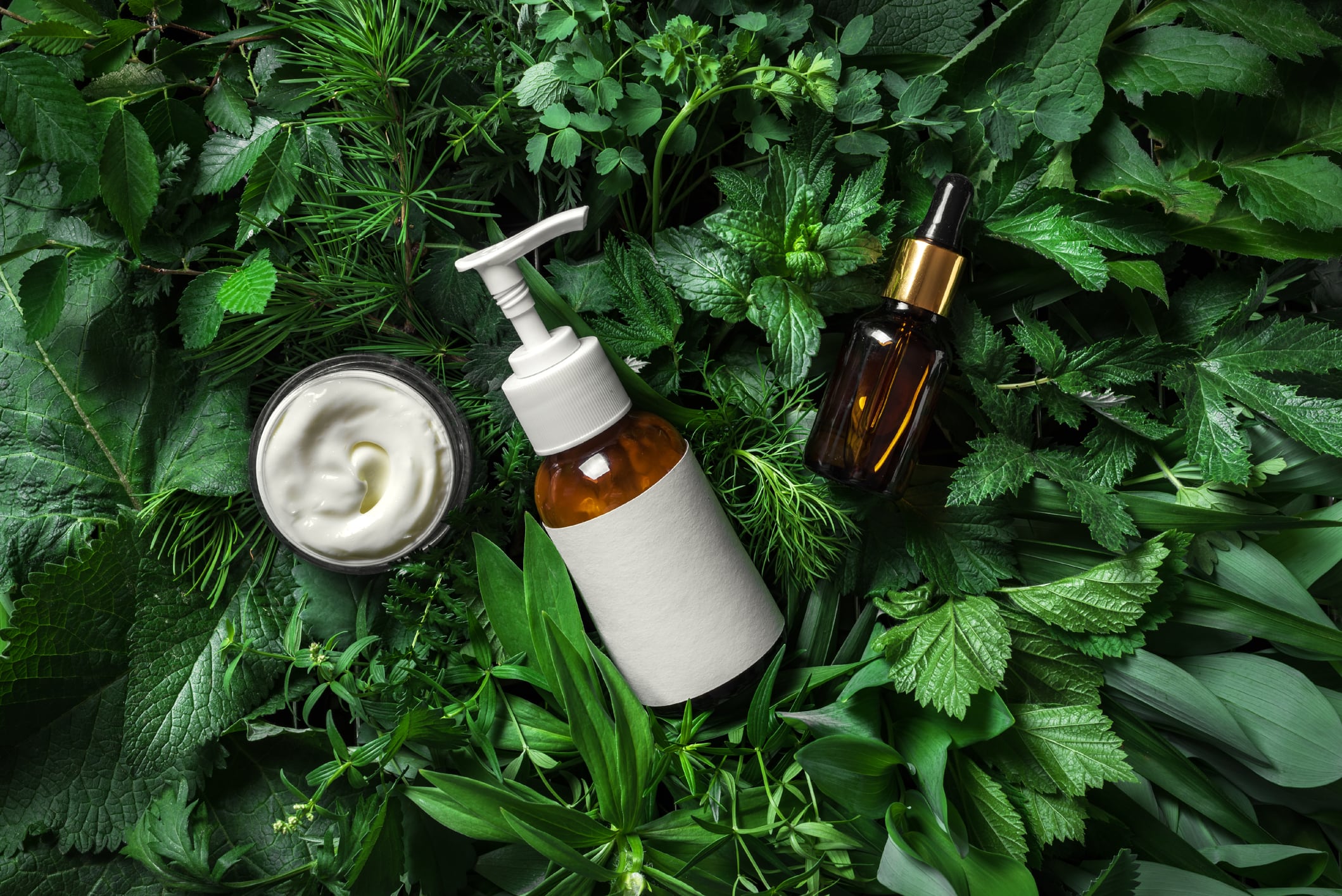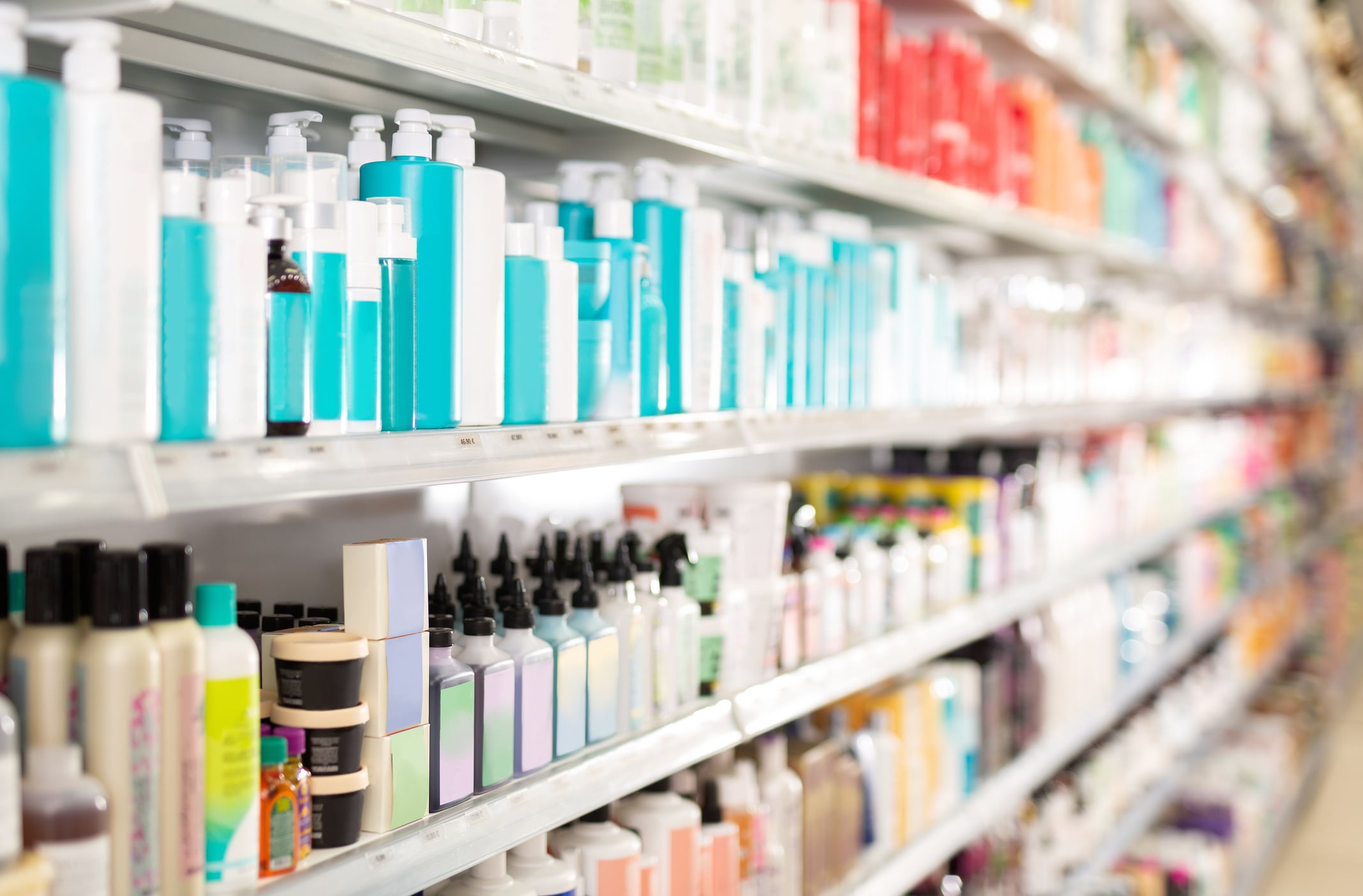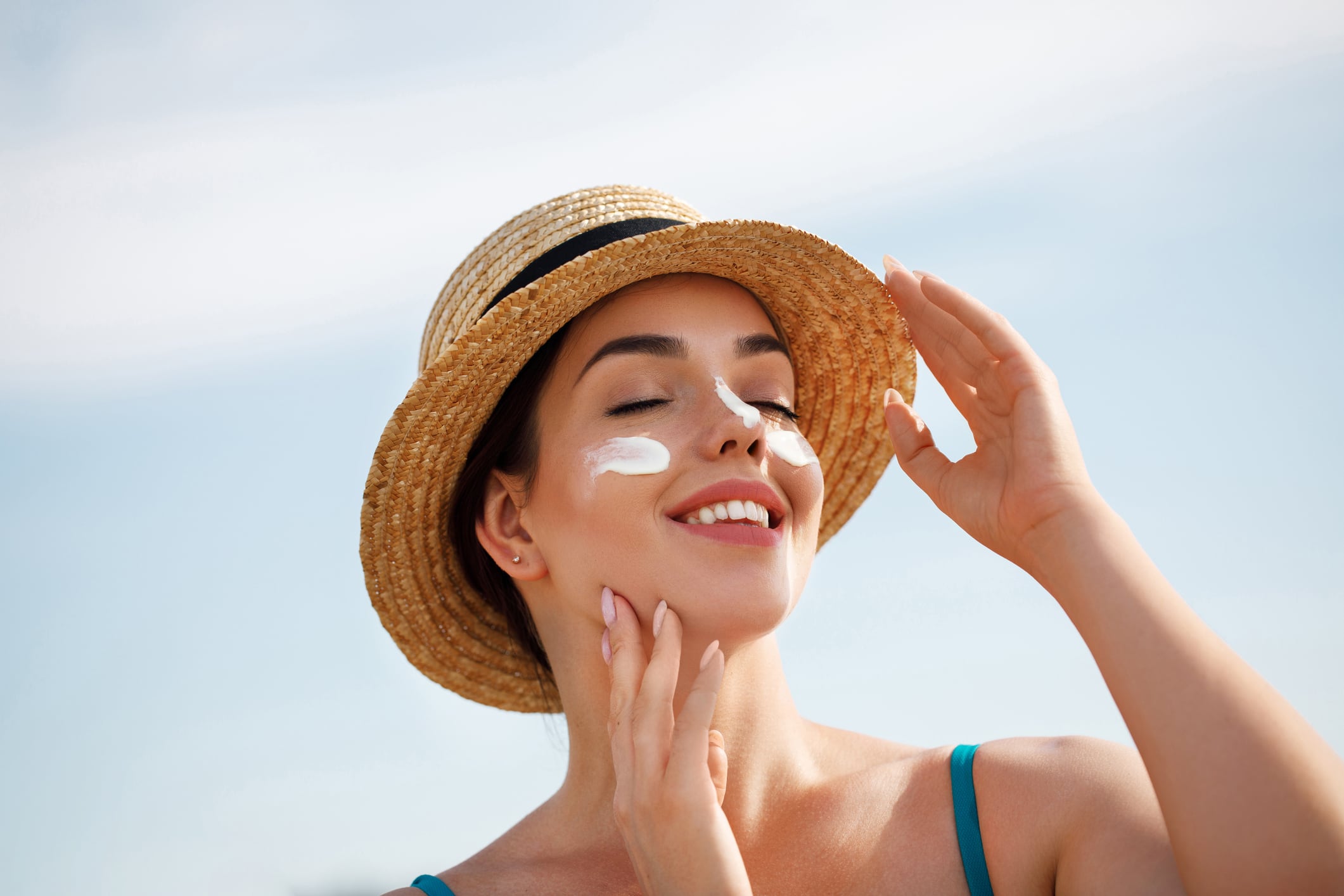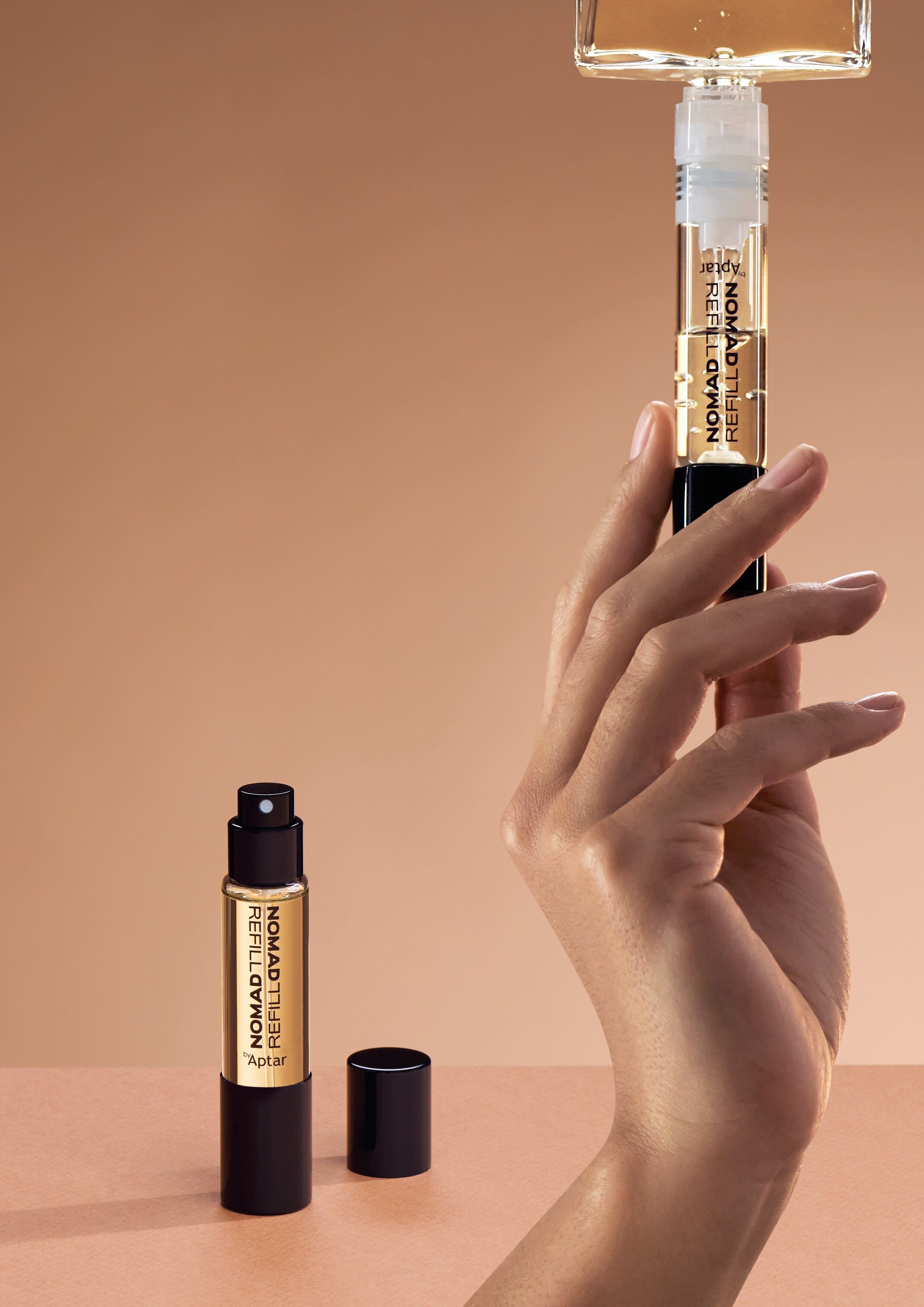Key takeaways
- The Sustainable Cosmetics Summit 2025 will spotlight disruptive technologies such as AI, biotechnology and precision fermentation.
- Ethical sourcing, sustainable packaging and low-impact formulations are key industry priorities.
- Greenwashing and greenhushing remain challenges, with transparency increasingly demanded by stakeholders.
- Eco-labelling and life cycle assessments are gaining traction as brands seek measurable sustainability.
- The future of cosmetics sustainability lies in tech-driven innovation, traceability and ingredient alternatives.
Ahead of the upcoming Sustainable Cosmetics Summit on 22 and 23 October in Paris, we spoke to Amarjit Sahota, who is the founder Ecovia Intelligence (the company that organises the summit), about why sustainability is more important than ever in the cosmetics industry.
CosmeticsDesign-Europe (CDE): What specific topics have you chosen for this year’s event, and why did you focus on these subjects?
AS: In this edition, we have a particular focus on new technologies. This is because innovations such as AI, biotechnology and fermentation techniques are having a disruptive influence on the cosmetics industry. Biotechnology, including plant cell technology and precision fermentation, is enabling a new generation of green ingredients to be produced without the use of land.
We are also focusing on green materials and packaging. Various studies show that the highest environmental impact of cosmetic products comes from the formulations (ingredients) and packaging. We will be discussing approaches to reduce this impact by switching to green raw materials and sustainable packaging.
CDE: What are you most excited about at this year’s conference?
AS: The new technologies session. We will be exploring the role of new technologies in creating green ingredients. Mibelle Biochemistry will speak about how they are using plant cell technologies to create active ingredients. The Swedish start-up Melt & Marble will discuss how they are using precision fermentation to create tailor-made fats and oils. Another start-up, Smey, will speak about how they are using AI and fermentation techniques to make cultivated ingredients.
We will also focus on AI and how it is helping to create sustainable formulations. IBM will speak about its partnership with L’Oréal, which is using generative AI to analyse cosmetic formulations and select green materials. Covalo will present its AI-driven software platform that helps formulators review and select cosmetic ingredients. The platform harmonises data, enables comparability, and provides transparency in the value chain.
Perfect Corp. will explain how it is using AI and augmented reality to provide customised beauty solutions to consumers. We will also host a panel discussion on the sustainability issues associated with AI and new technologies. Although there are many benefits, there are also risks and pitfalls. The expert panel will include representatives from Yves Rocher, We Don’t Need Roads (a sustainability consultancy), Covalo and Smey.
CDE: Do you think that greenwashing and greenhushing are still a big problem for our industry?
AS: Greenwashing remains a perennial issue in the beauty industry. There is a lot of pressure on operators to demonstrate their sustainability efforts. This pressure comes from consumers (seeking ethical and green products), the supply chain (retailers and brands), and regulations. Unfortunately, we are seeing many brands make unwarranted green claims and often engage in misleading marketing communications. It is therefore common for brands to claim that ingredients are ethically sourced, formulations are free from certain substances, and packaging is recyclable or eco-friendly.
On the other hand, some companies practise greenhushing, choosing not to disclose how they are addressing their environmental and social impacts. For instance, we have seen companies undertake ethical sourcing projects and use organic raw materials, yet they do not communicate this to stakeholders.
CDE: What’s your advice for beauty brands that still aren’t properly addressing sustainability in their R&D and supply chains?
AS: Ethical sourcing of raw materials is increasingly becoming a ‘must-have’ for certain natural ingredients, whereas previously it was a ‘nice-to-have’. If companies are using natural raw materials, buyers are increasingly asking questions about how they have been sourced: were they produced according to sustainable agricultural practices? Was the sourcing compliant with international labour laws? Were growers paid a fair price? For example, most cosmetic companies have made commitments to sustainable palm oil. We are now seeing similar commitments for other raw materials.
CDE: What trends are you spotting in terms of sustainability in the cosmetics industry right now?
AS: In terms of formulations, the focus is on ingredients with low environmental impact. Previously, the trend was to replace petroleum-based ingredients with bio-based alternatives. Now, companies are investing in Life Cycle Assessment (LCA) to determine the environmental impact of their ingredients and introduce those with lower impact. For instance, at the Sustainable Cosmetics Summit, Croda Beauty will speak about how they are using LCA to improve the sustainability of cosmetic formulations. Lubrizol will share how they are measuring the Product Carbon Footprint (PCF) of their ingredients, and Oleon will present their eco-design approach to creating green ingredients.
In terms of packaging, the trend is towards alternative materials and models. The cosmetics industry is under pressure to move away from single-use plastic packaging. As a result, refillable products continue to gain traction. TerraCycle will provide an update on the Loop platform, which continues in France and other countries. Sulapac will showcase biodegradable materials made with natural fillers such as wood and clay, which can be used as alternatives to plastic packaging.
Another trend is eco-labelling. We have previously covered sustainability schemes at the Sustainable Cosmetics Summit. At this edition, the EcoBeautyScore Association will present its new environmental rating system for cosmetics and personal care products. Developed in collaboration with more than 70 brands and associations, the ratings are based on LCA and the EU’s Product Environmental Footprint (PEF) methodology.
CDE: Where do you see the beauty industry in five years’ time in terms of sustainability? Do you think much will have changed? And why?
AS: Sustainability issues are evolving rapidly in the beauty industry. Currently, topics such as ethical sourcing of raw materials, decarbonisation, packaging impact reduction, and eco-labelling are highly relevant. In the next five years, sustainability concerns will likely evolve to include new technologies. Just as the food industry has embraced ‘foodtech’ innovations like precision fermentation and cellular agriculture, we will see cosmetic ingredients produced without land or traditional feedstock. We are already seeing signs of this, such as Lanzatech producing cosmetic ingredients and packaging from CO₂.
New technologies will also enhance supply chain traceability, for example through blockchain. AI is expected to play a greater role in the sustainable production and marketing of cosmetic products. We will cover some of these technologies at the Sustainable Cosmetics Summit next week.
The Sustainable Cosmetics Summit is set to take place on 22 and 23 October 2025 in Paris.





